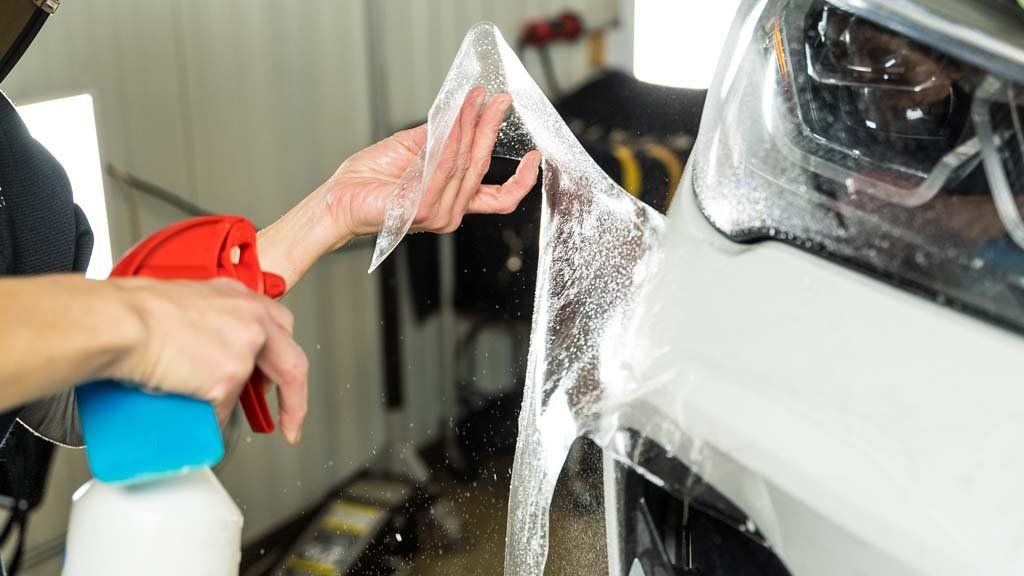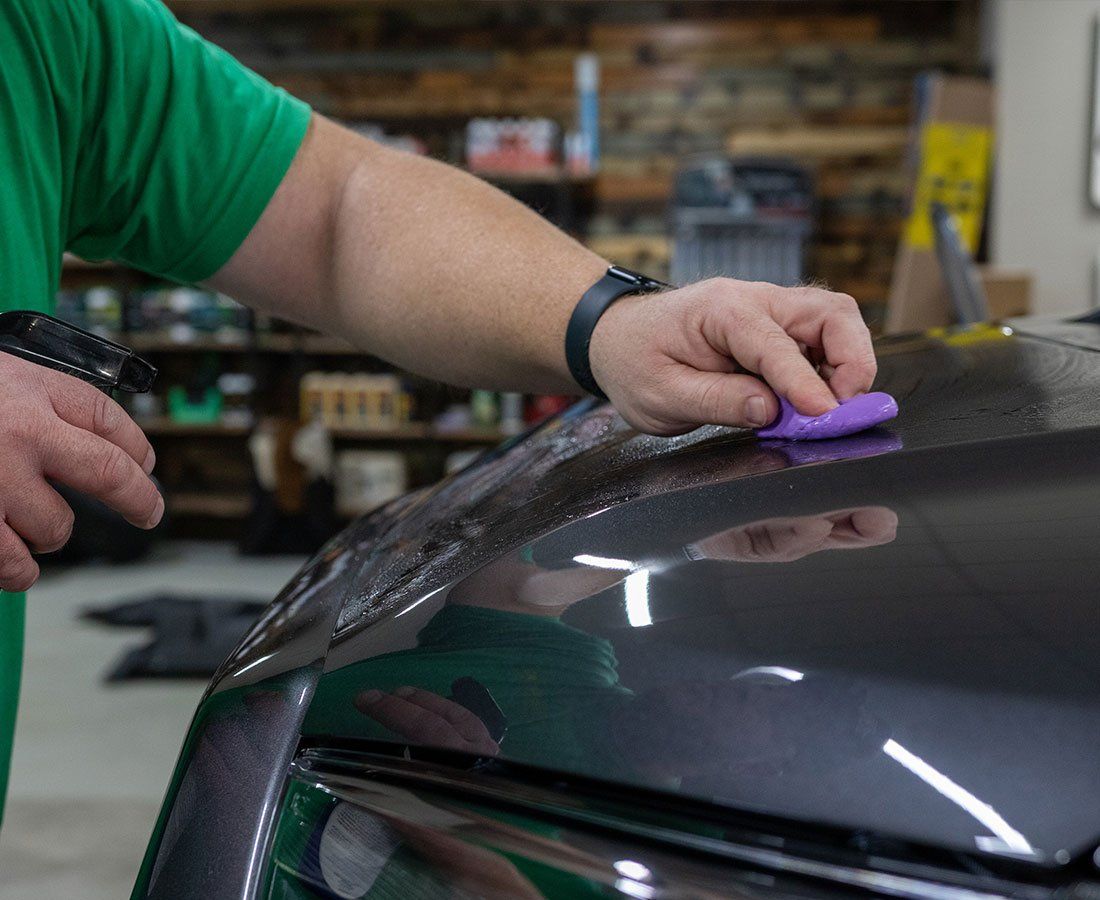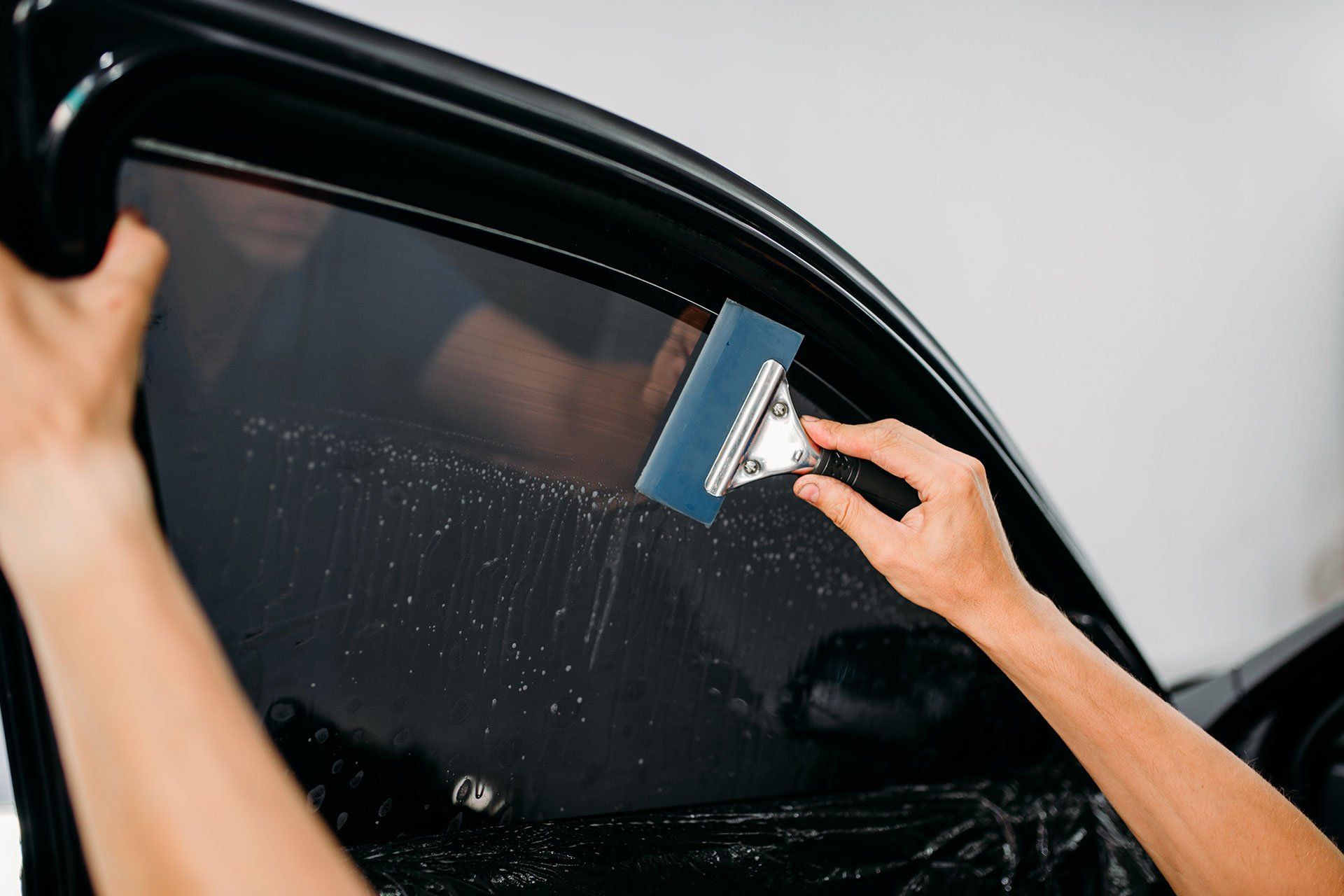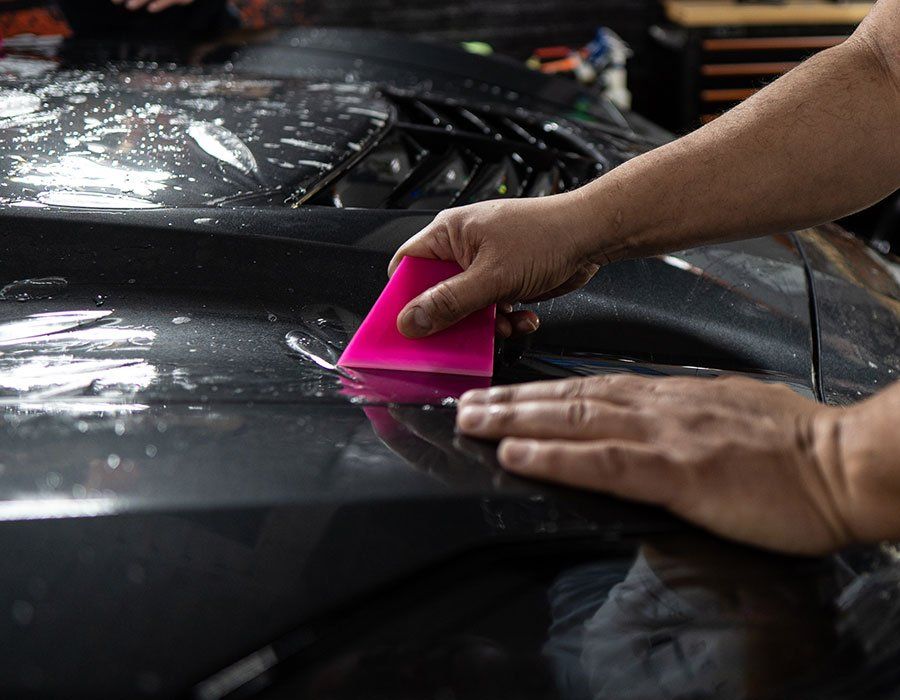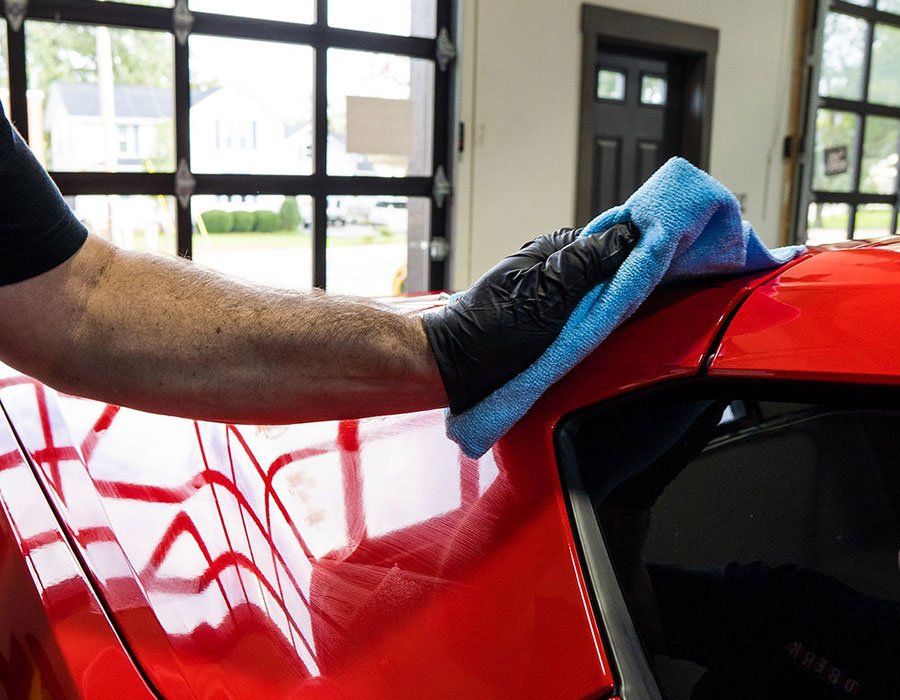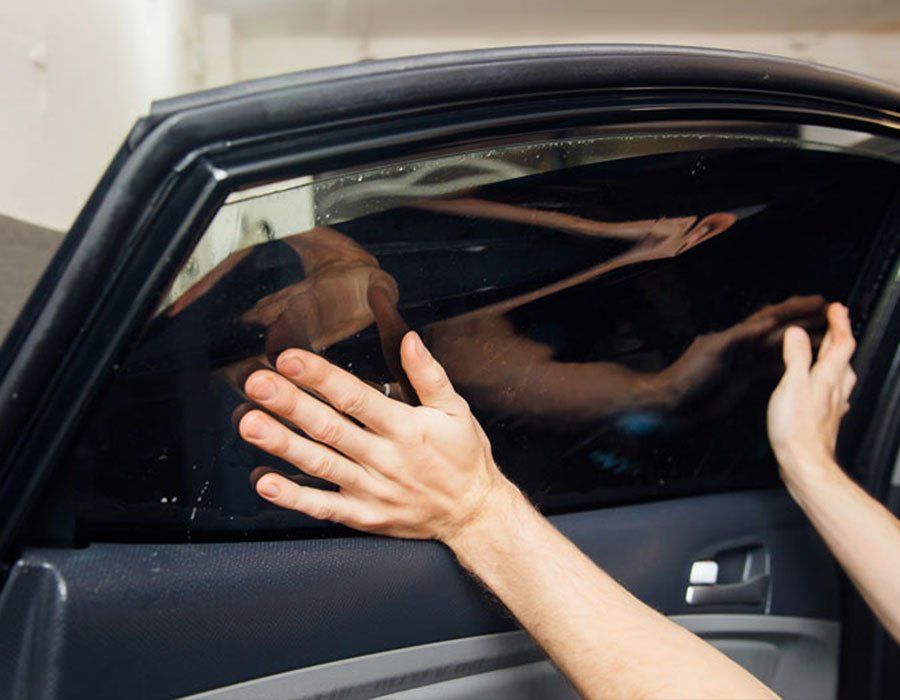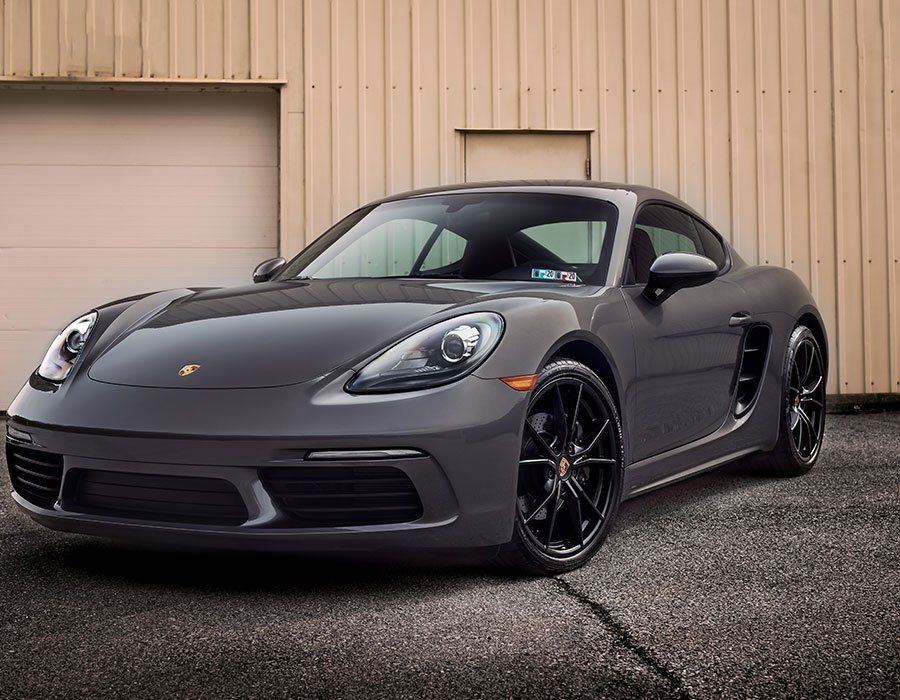Tampa Vehicle Owner's Guide to Paint Protection Film: Benefits, Tips, and Cost-Effective Solutions
CALL (727) 940-2340
SCHEDULE NOWWhether it's the brutal sun rays or infamous Florida storms, owning a vehicle in Tampa can sometimes feel like an uphill battle. However, you don't have to surrender to the elements. Here is your survival guide to paint protection film (PPF), a carefully engineered shield for your beloved vehicle that guards against everything from UV ray damage to minor abrasions. Dive into our quick rundown of the benefits of PPF, heed advice on application tips, and discover cost-effective solutions to keep your car looking as sharp as ever.
Paint protection film is essential for vehicle owners in Tampa to protect their cars from the harsh Florida weather, including intense sunlight, humidity, and saltwater exposure. This transparent film acts as a shield against UV rays, prevents paint from fading, resists scratches, and preserves the car's overall appearance. Applying paint protection film can help maintain the value of your vehicle and extend its lifespan, making it a wise investment for Tampa vehicle owners.
Why Tampa Vehicle Owners Need Paint Protection Film
Living in beautiful Tampa, Florida, means enjoying stunning sunsets, coastal drives, and pleasant weather year-round. However, it also means being exposed to potential hazards that can damage the exterior of your vehicle. That's where paint protection film comes in—a must-have for Tampa vehicle owners looking to safeguard their investment from the elements. Whether you're driving on the bustling city streets with loose debris or taking a scenic drive along the coast with exposure to saltwater mist, your vehicle's paint is vulnerable to scratches, rock chips, and fading caused by UV rays. Paint protection film acts as an invisible shield that effectively guards against these common threats.
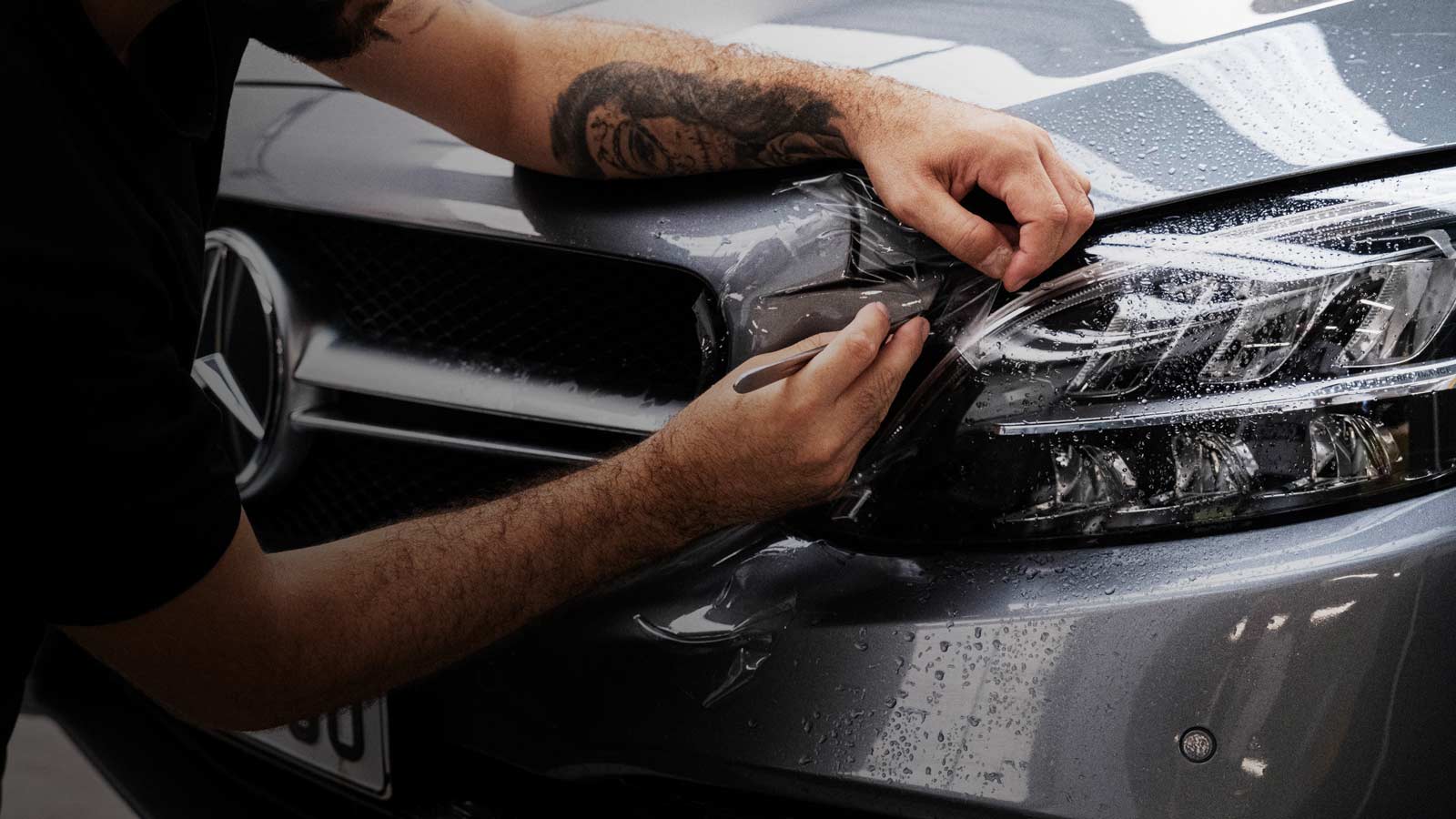
Guarding Against Scratches and Minor Damage
Let's say you are traveling along one of Tampa's picturesque winding roads when the car in front of you suddenly throws a pebble into the air. Without paint protection film, that tiny rock could leave an unsightly chip or scratch on your vehicle's surface. However, if your vehicle is equipped with this protective layer, the film absorbs the impact, leaving your paint unharmed.
Moreover, Tampa's sunny climate means constant exposure to powerful UV rays. Over time, these rays can cause your vehicle's paint job to fade and lose its shine. But with paint protection film acting as a barrier, it blocks harmful UV rays and preserves the vibrancy of your car's color. By investing in paint protection film for your vehicle in Tampa, you not only ensure its longevity but also enhance its aesthetic appeal. You can cruise through the city or embark on coastal adventures without worrying about unsightly damage or fading paint.
Cost-Effectiveness of Protection Films
When it comes to protecting your vehicle's paint from everyday wear and tear, paint protection films (PPFs) have proven to be a cost-effective solution. While the initial investment may seem significant, PPFs offer long-term value that surpasses their upfront cost. PPFs are designed to last for several years with minimal maintenance. This means you won't have to spend time and money on regular touch-ups or professional detailing services. Additionally, PPFs provide superior protection against scratches, road debris, UV rays, bird droppings, and other elements that can cause damage to your vehicle's paint.
If we compare the cost of applying a high-quality PPF to your vehicle in Tampa to the expense of multiple repaints or repairs due to damage over a period of three years, the value becomes evident. Repainting a single panel or availing of paint correction services can cost hundreds or thousands, depending on the extent of damage and the quality of the workmanship. Thus, by opting for a PPF instead, you not only save money but also maintain the resale value of your vehicle in the long run. It acts as a hedge against potential depreciation due to exterior appearance issues.
Applied Science: How Paint Protection Films Work
Paint protection films (PPFs) are engineered using advanced technology and materials to provide a robust layer of defense for your vehicle's paint. These films are typically made from a thermoplastic urethane material that is transparent, self-healing, and resistant to impacts and UV radiation. When applied correctly, PPFs adhere tightly to the surface of your car, forming an invisible shield that protects against scratches and chips. The unique self-healing properties of PPFs allow them to absorb minor abrasions and heal themselves over time. This means that superficial scratches caused by everyday hazards like branches or brushes will disappear on their own as the film's molecules rearrange.
Additionally, the thermoplastic nature of PPFs enables them to resist yellowing or discoloration over time, ensuring that your vehicle maintains its glossy appearance. The durable nature of these films ensures long-lasting protection for your car's factory paint, preserving its original look even after years of use. With PPF acting as an outer shield, bearing the brunt of any potential harm while keeping your car's underlying paint intact, it helps prevent damage and also reduces the need for costly repainting or touch-ups in the future.
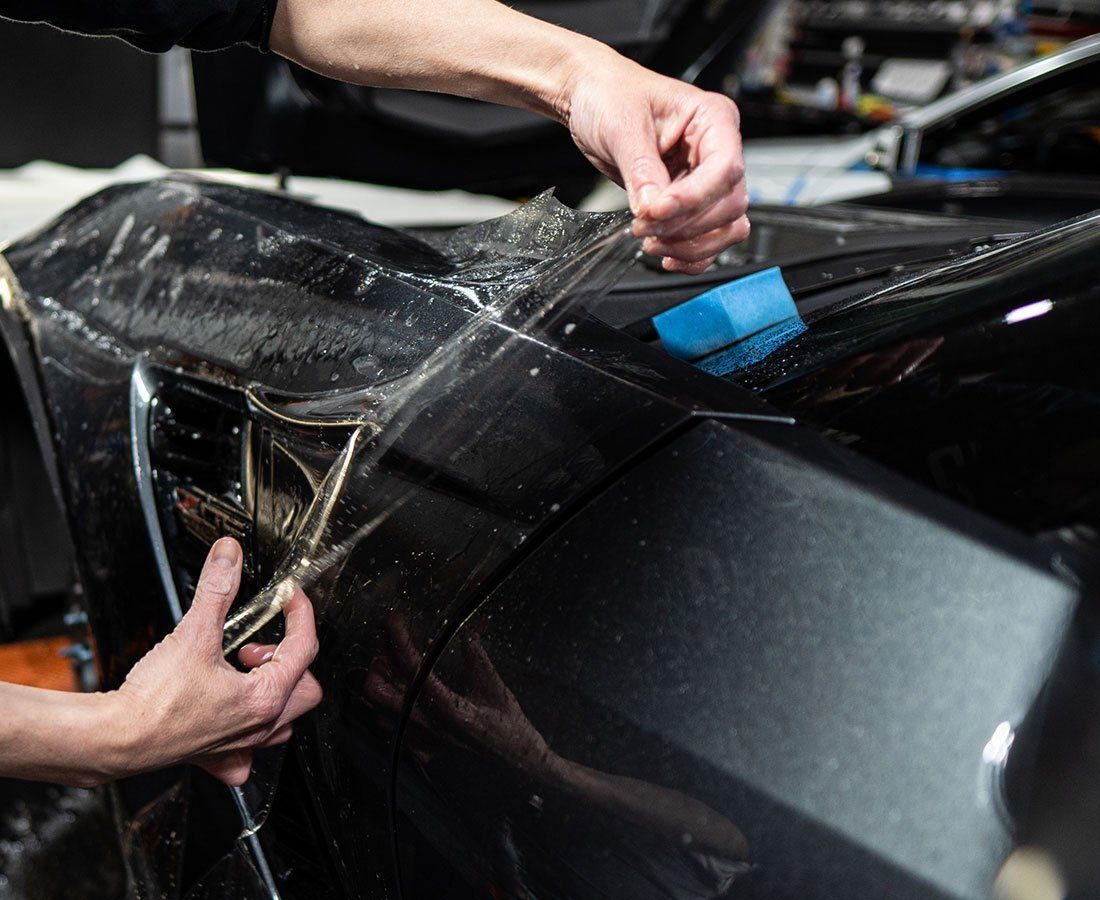
Where to Get Paint Protection Film Installed in Tampa
If you're a vehicle owner in Tampa looking to get paint protection film installed, there are several reputable shops and professionals in the area that specialize in this service. It's crucial to choose a reliable installer who has experience working with PPF and possesses the necessary skills for proper application. Doing some research online can help you find reputable businesses with positive customer reviews. Look for shops that offer quality products from trusted brands, as this ensures you receive a durable and effective solution for your vehicle. When selecting a reputable paint protection film shop, consider the following:
- Experience and Expertise: Look for a paint protection film shop with a proven track record and substantial experience in the industry. A business that has been operating for several years is likely to have honed its skills and expertise in applying paint protection films effectively. Check customer reviews and testimonials, and ask for examples of their previous work to gauge their level of experience.
- Quality of Materials: Inquire about the type and quality of paint protection films they use. High-quality films should be durable, resistant to yellowing or discoloration over time, and capable of providing effective protection against various environmental elements. A reputable shop like Auto Film Guys will be transparent about the materials they use and may even offer different options based on your specific needs and budget.
- Installation Techniques: The skill of the installers is crucial in ensuring the paint protection film is applied seamlessly and effectively. Ask about the training and certification of the technicians at the shop. A professional team will have undergone proper training and certification programs to guarantee precision and attention to detail during the installation process.
- Warranty and Maintenance: A reliable paint protection film shop should stand behind its work and offer a comprehensive warranty on the installation. Inquire about the terms of the warranty, including the duration and what it covers. Additionally, ask about recommended maintenance practices to prolong the life of the film and keep it looking its best.
- Customer Service: Assess the level of customer service provided by the paint protection film shop. A reputable business will be responsive to inquiries, provide clear communication throughout the process, and address any concerns or issues promptly. Friendly and knowledgeable staff can contribute to a positive overall experience.
- Portfolio and References: Ask to see a portfolio of their previous installations, especially on vehicles similar to yours. This can give you a visual representation of their work quality. Additionally, request references from previous customers to get direct feedback on their experiences with the paint protection film shop.
- Transparent Pricing: Clear and transparent pricing is essential to avoid any surprises later on. Ask for a detailed quote that includes all costs associated with the paint protection film installation, including materials, labor, and any additional services. Be wary of shops that provide vague or unclear pricing structures.
By selecting a reputable installer, you can have peace of mind knowing that your vehicle's paint protection film will be professionally installed, providing optimal protection for years to come.
Ensuring Durability: Aftercare and Maintenance Tips
Now that you've invested in paint protection film for your vehicle, it's important to take proper care of it to ensure its durability and longevity. Here are some aftercare and maintenance tips that will help you keep your investment in top condition.
Regular cleaning is essential. While the paint protection film does an excellent job of protecting your vehicle against various environmental factors, it can still accumulate dirt, dust, and grime over time. Regularly washing your car with a non-abrasive soap or a specifically recommended cleaner will help remove any buildup and maintain the film's clarity. Additionally, avoid using harsh chemicals, abrasive sponges or brushes, as these can cause damage to the protective film. Instead, opt for gentle cleaning tools like microfiber cloths or soft brushes to prevent scratching or marring the surface.
It's crucial to keep an eye out for any signs of damage to the film. While the paint protection film is designed to withstand everyday wear and tear, it may still develop scratches or chips from more substantial impacts. Inspect the film regularly for any damages and address them promptly to prevent further deterioration or potential compromises in protection. Taking care of your vehicle's paint protection film also involves being mindful of how you park your car. Whenever possible, park in shaded areas or use car covers to shield it from prolonged exposure to sunlight.
Moreover, during the winter months or in regions where road salts are used for snow or ice management, thoroughly rinse off any salt residue from your vehicle as soon as possible. Salt can be corrosive and can potentially damage both the vehicle's paint and the protective film. Remember, these tips are not exhaustive, and it's always best to consult the manufacturer's recommendations for specific care instructions tailored to your paint protection film. By following these aftercare and maintenance tips, you can ensure that your investment in paint protection film pays off in the long run, keeping your vehicle looking its best for years to come.
Trusted Paint Protection Film Experts in Tampa, FL
Transform your vehicle's appearance and safeguard its paint with confidence by choosing Auto Film Guys as your trusted paint protection film experts in Tampa, FL. With a reputation for excellence, our skilled professionals bring unparalleled expertise and precision to every project. Shield your investment from road debris, stone chips, and harsh weather, all while maintaining the sleek aesthetic of your vehicle. Embrace the peace of mind that comes with top-notch protection, knowing that your car is in the hands of industry leaders. Elevate your driving experience and preserve the beauty of your vehicle—schedule your appointment with Auto Film Guys today and experience the pinnacle of paint protection craftsmanship in Tampa!
The Auto Film Guys Blog
